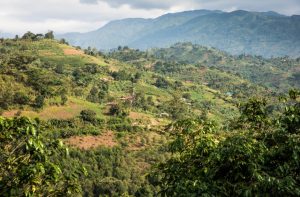Regenerative Organics: Drawing a Line in the Soil
In recent years, we’ve seen a boom in production and sales of organic foods worldwide. The global organic food market is expected to grow by
In recent years, we’ve seen a boom in production and sales of organic foods worldwide. The global organic food market is expected to grow by
Half a century of this “uncontrolled experiment” is fast becoming as serious a problem as climate change. Plastics everywhere was bad enough, but now multiple
Women in Indiana’s “corn belt” had shorter pregnancies if they were regularly exposed to glyphosate, a new peer-reviewed study has found “Glyphosate is the most
We have all heard of vegetarian, vegan and flexitarian diets. But have you heard about wildevore diet? Surely, no! Nowadays, dieting is considered a national

About one third of the world’s land, more than four billion hectares, is forest. Every year, this area decreases by an average of 13 million
Will Harris, a good ol’ boy Georgia rancher, may well be our nation’s best bet for a better, more sustainable future. He’s the subject of
This headline from the smart website newfoodeconomy.org caught our attention: “General Mills is transitioning 53 square miles of South Dakota farmland to certified organic.” That’s
California’s drought-to-deluge cycle can mask the dangers Mother Nature can have in store. During one of the driest March-through-February time periods ever recorded in Southern
A new study says that even in the ‘unrealistic’ event of a total halt to the flow of agricultural chemicals the damage will persist for
After Donald Trump won the presidential election, hundreds of volunteers around the U.S. came together to “rescue” federal data on climate change, thought to be